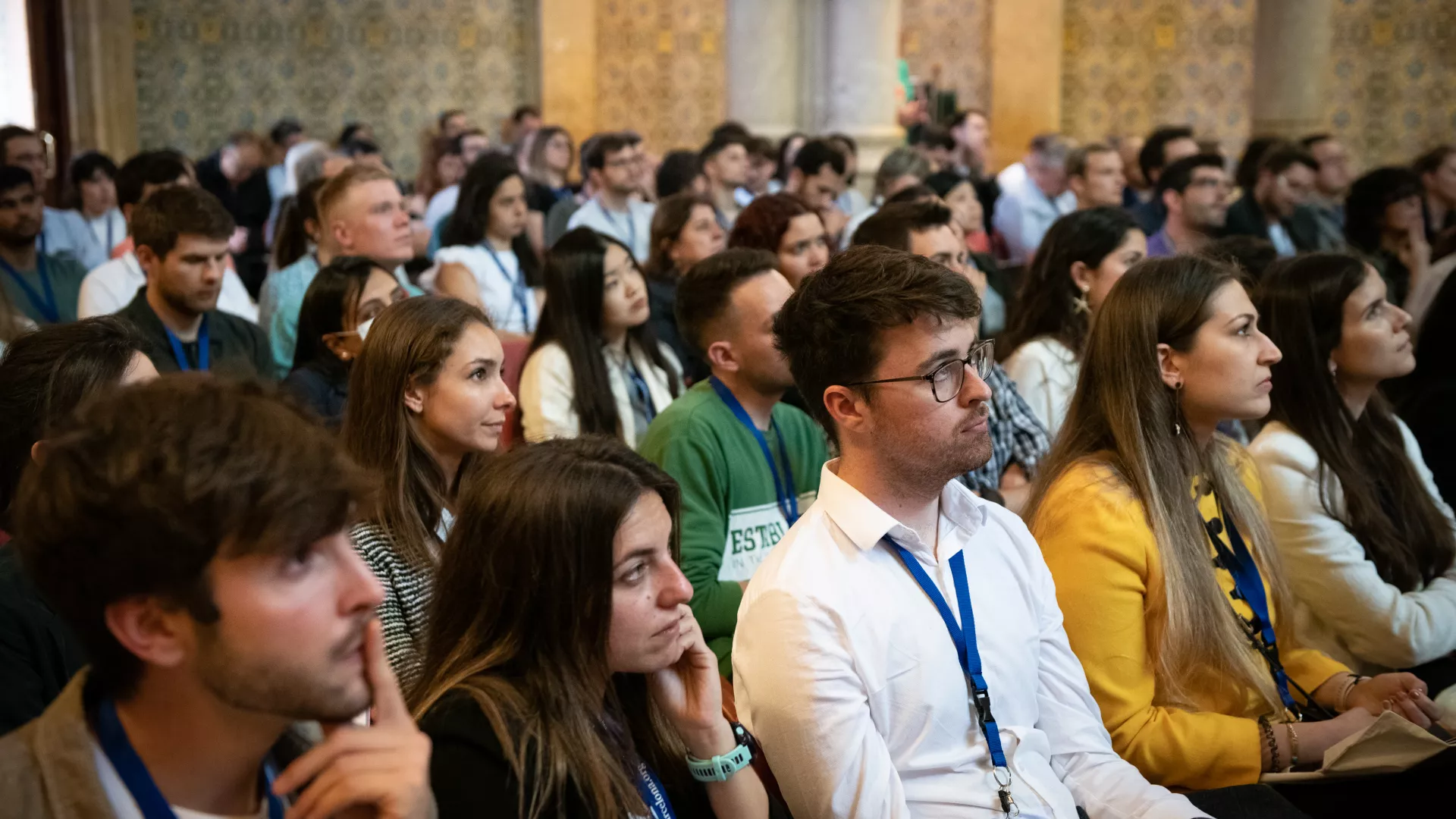Speaker: Dr. Javier Oroz
Group Leader - Protein structure, dynamics and interactions by NMR, Instituto de Física Blas Cabrera (IQFC-CSIC), Madrid, Spain
Presentation
Host: Dr. Xavier Salvatella, Group Leader - IRB Barcelona
Node: Chemical & Structural Biology / Computational Biology
Date: Wednesday 11 Dec 2024, 12.00h
Place: Auditorium Room
Abnormal trinucleotide repeat expansions alter protein conformation causing malfunction and contribute to a significant number of incurable human diseases. Due to the repetitive, polymorphic and dynamic nature of expanded homorepeats, their structural study is highly challenging and only sparse structural insights are available on homorepeat-expanded proteins related with disease. This lack of knowledge is exceptionally detrimental towards the design of effective therapeutics.
For the essential transcription factor PHOX2B, polyAlanine repeat expansions in a 20-alanine tract are associated with Congenital Central Hypoventilation Syndrome (CCHS), a rare incurable disease affecting mainly children. PHOX2B aggregation triggered by long polyAlanine expansions is one of the fundamental mechanisms proposed to explain PHOX2B dysfunction in CCHS. However, the structural basis of the aggregation-prone PHOX2B mutants is still unknown.
To help understand the pathogenic nature of polyAlanine expansions in PHOX2B, we have determined the structure and dynamic properties of PHOX2B C-terminal fragment by Nuclear Magnetic Resonance spectroscopy. Interestingly, while polyalanine expansions do not affect PHOX2B main structural conformations, they promote nascent conformations that prompt a length-dependent phase transition towards small, solid condensates that capture wild-type PHOX2B.
I will show that there is a direct correlation between increase in disorder and phase transitions, since HSP70 and HSP90 chaperones specifically seize PHOX2B alternative conformations blocking de-mixing. The direct observation of the nascent polymorphs in expanded PHOX2B leads us to propose a structural basis for the unbalanced phase separation, interpreted as a novel pathophysiological mechanism in homorepeat expansion diseases. Next, I will show how we aim to uncover compounds via drug repurposing that inhibit such conformational rearrangements in PHOX2B and evaluate the phenotypic impact in dedicated systems.
IMPORTANT: For attendees outside the PCB community you must register at least 24h before the seminar

